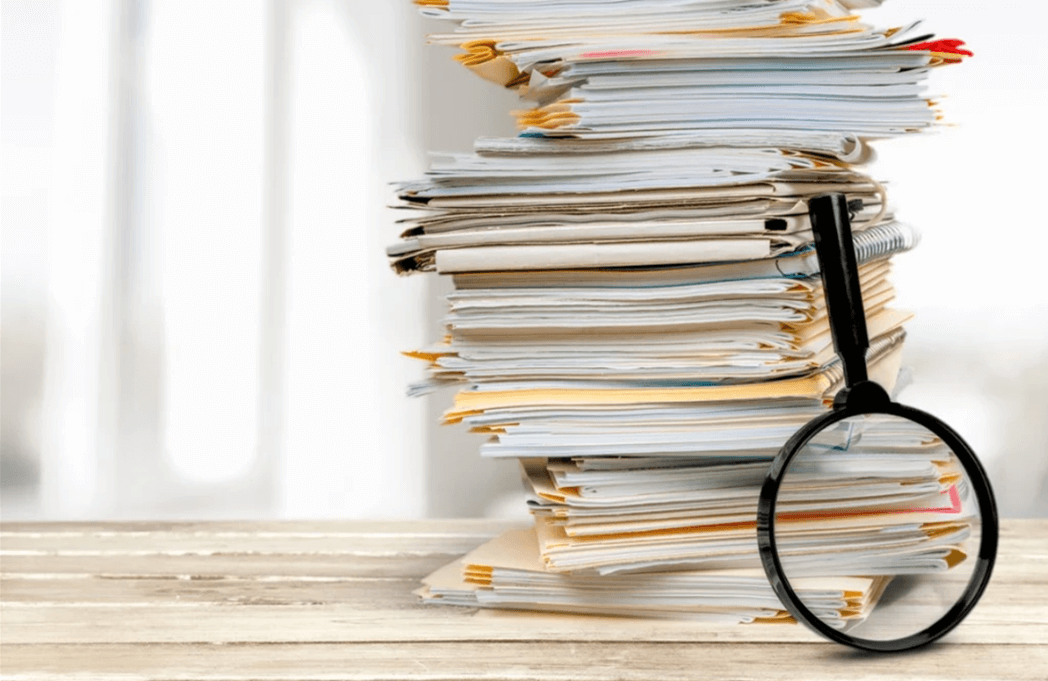In the ever-expanding digital landscape, a concerning reality emerges: millions of scholarly articles risk fading into obscurity due to inadequate efforts to preserve the same. A recent study, as Nature.com reported, examining over seven million digital publications, revealed a disconcerting trend – more than a quarter of these valuable works are not being adequately archived and safeguarded. Published in the Journal of Librarianship and Scholarly Communication on January 24th, these findings shed light on the growing gap between research output and preservation infrastructure.
Martin Eve, a researcher specializing in literature, technology, and publishing at Birkbeck, University of London, underscores the critical role of preservation in maintaining the integrity of scientific knowledge. He emphasizes, “Our entire epistemology of science and research relies on the chain of footnotes. If you can’t verify what someone else has said at some other point, you’re just trusting to blind faith for artifacts that you can no longer read yourself.”
Eve’s study, conducted in collaboration with Crossref, a digital infrastructure organization, examined the archival status of 7,438,037 works labeled with digital object identifiers (DOIs). These unique fingerprints are crucial for identifying and accessing scholarly articles and reports. However, the analysis reveals a glaring gap: over two million articles, representing 28 percent of the sampled works, were absent from major digital archives despite having active DOIs. Moreover, only 58 percent of the DOIs led to articles stored in at least one archive.
While acknowledging the study’s limitations, preservation experts underscore the urgency of addressing the digital preservation challenge. William Kilbride, managing director of the Digital Preservation Coalition, emphasizes the need for greater awareness and action, stating, “It’s been hard to know the real extent of the digital preservation challenge faced by e-journals.”
Mikael Laakso, a scholar specializing in scholarly publishing, warns against the misconception that a DOI guarantees perpetual access, citing instances of disappearing open-access journals. He emphasizes the impermanence of digital links, reinforcing the need for robust preservation measures.
Kate Wittenberg, managing director of the digital archiving service Portico, highlights the disproportionate risk faced by smaller publishers in preserving articles. She stresses the financial and technological barriers hindering effective preservation efforts for these organizations.
Eve’s study proposes several strategies to enhance digital preservation, including stronger requirements for DOI registration agencies and increased awareness among publishers and researchers. He urges stakeholders to prioritize the long-term sustainability of the research ecosystem, envisioning a future where access to scholarly works transcends temporal boundaries.
In a rapidly evolving digital landscape, safeguarding scholarly knowledge for future generations requires concerted efforts and proactive measures. The digital dilemma underscores the imperative of bridging the gap between research output and preservation infrastructure to ensure the continuity of scientific inquiry and scholarship.
With a keen interest in tech, I make it a point to keep myself updated on the latest developments in technology and gadgets. That includes smartphones or tablet devices but stretches to even AI and self-driven automobiles, the latter being my latest fad. Besides writing, I like watching videos, reading, listening to music, or experimenting with different recipes. The motion picture is another aspect that interests me a lot, and I'll likely make a film sometime in the future.

